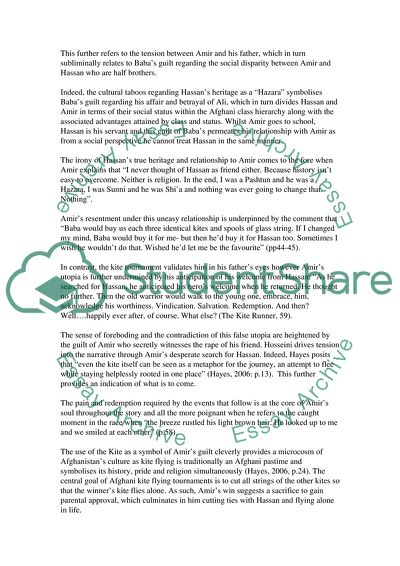Cite this document
(“Not Found (#404) - StudentShare”, n.d.)
Not Found (#404) - StudentShare. Retrieved from https://studentshare.org/literature/1724126-english
Not Found (#404) - StudentShare. Retrieved from https://studentshare.org/literature/1724126-english
(Not Found (#404) - StudentShare)
Not Found (#404) - StudentShare. https://studentshare.org/literature/1724126-english.
Not Found (#404) - StudentShare. https://studentshare.org/literature/1724126-english.
“Not Found (#404) - StudentShare”, n.d. https://studentshare.org/literature/1724126-english.


